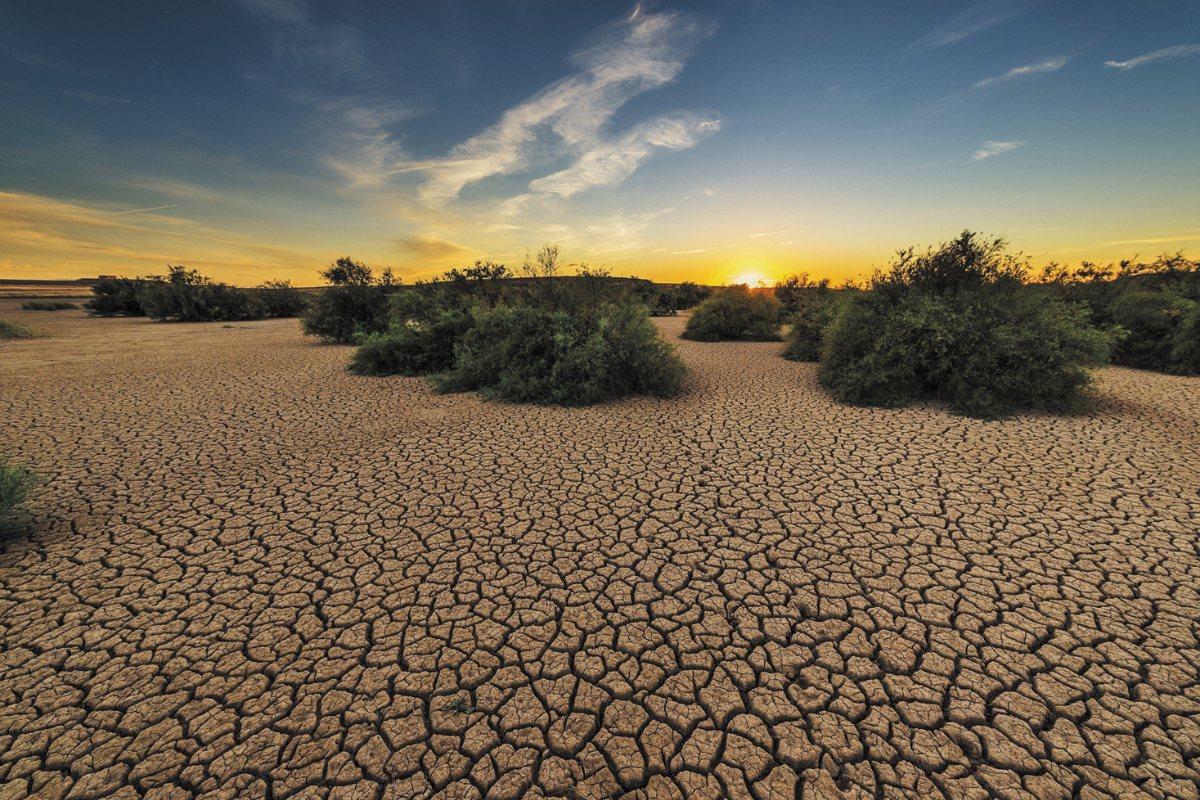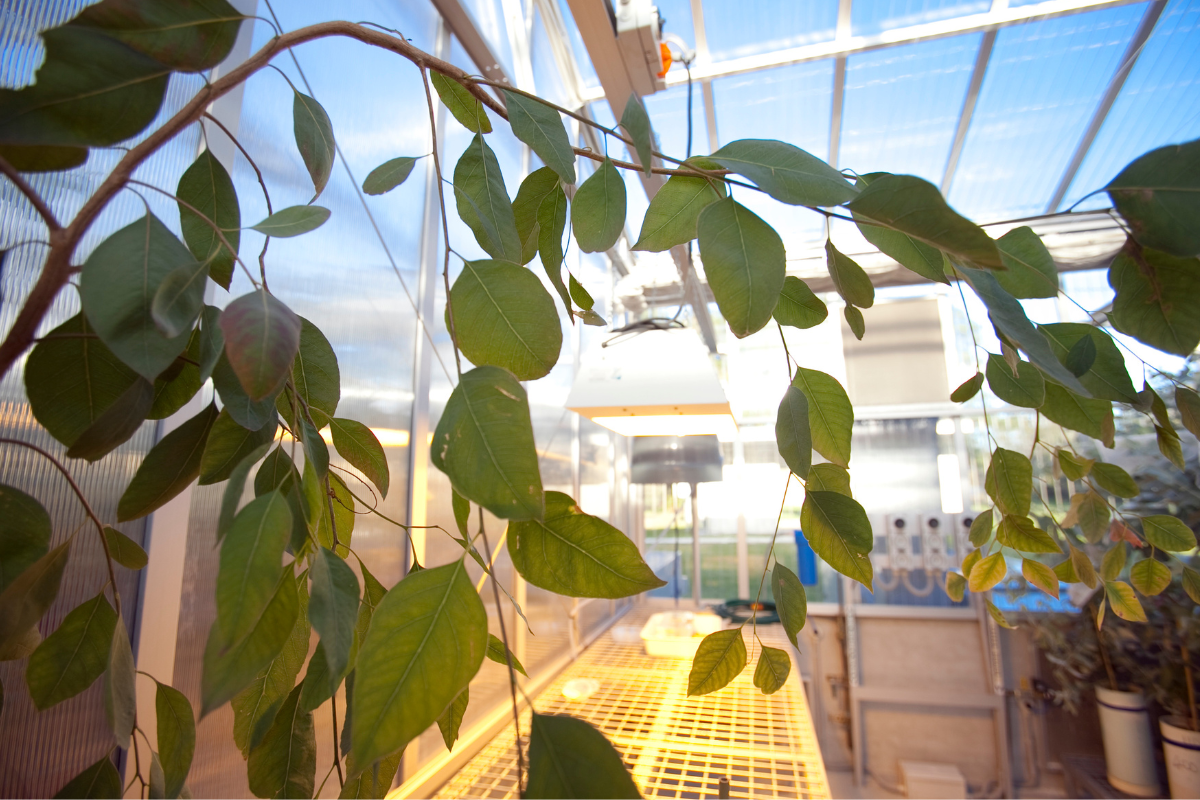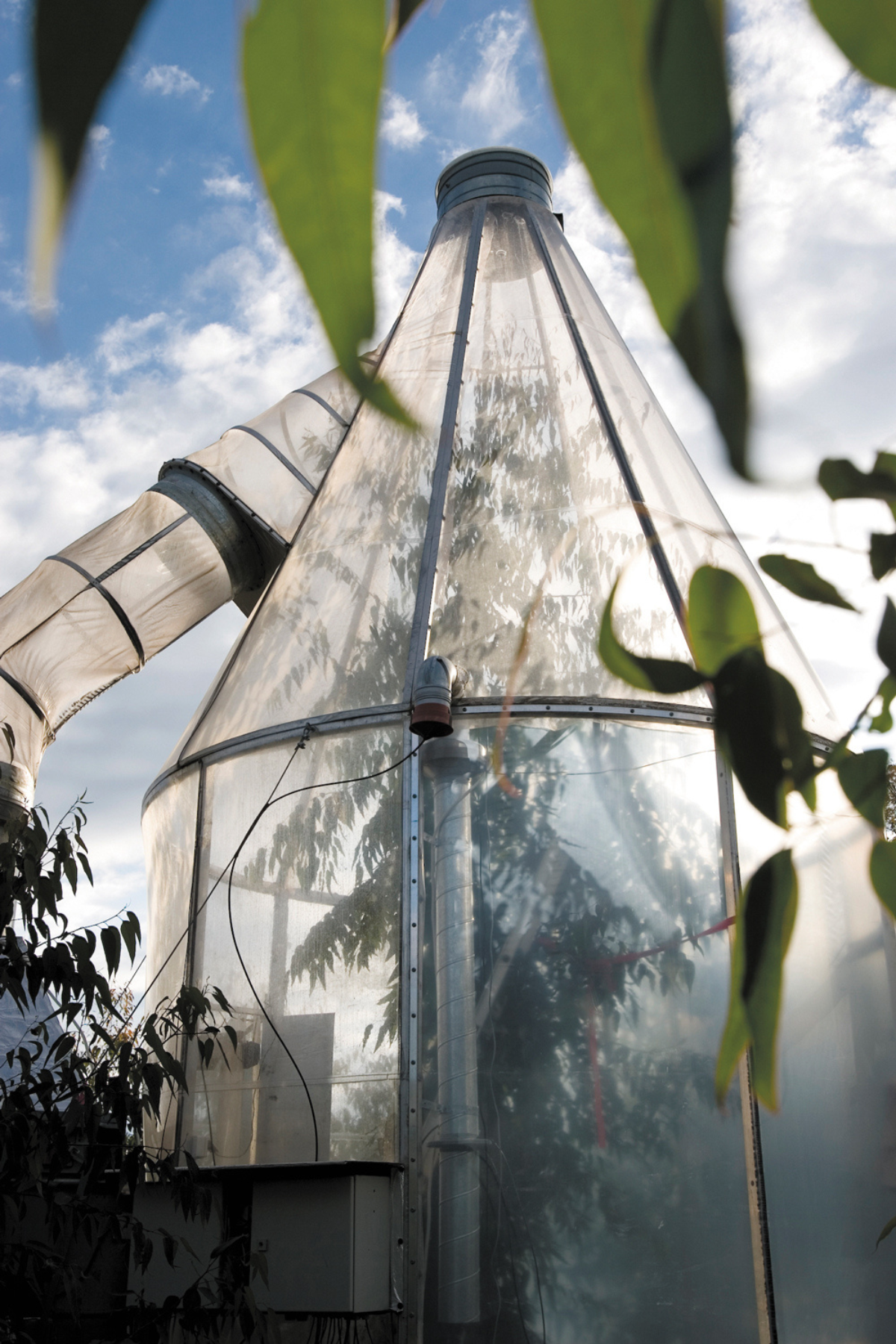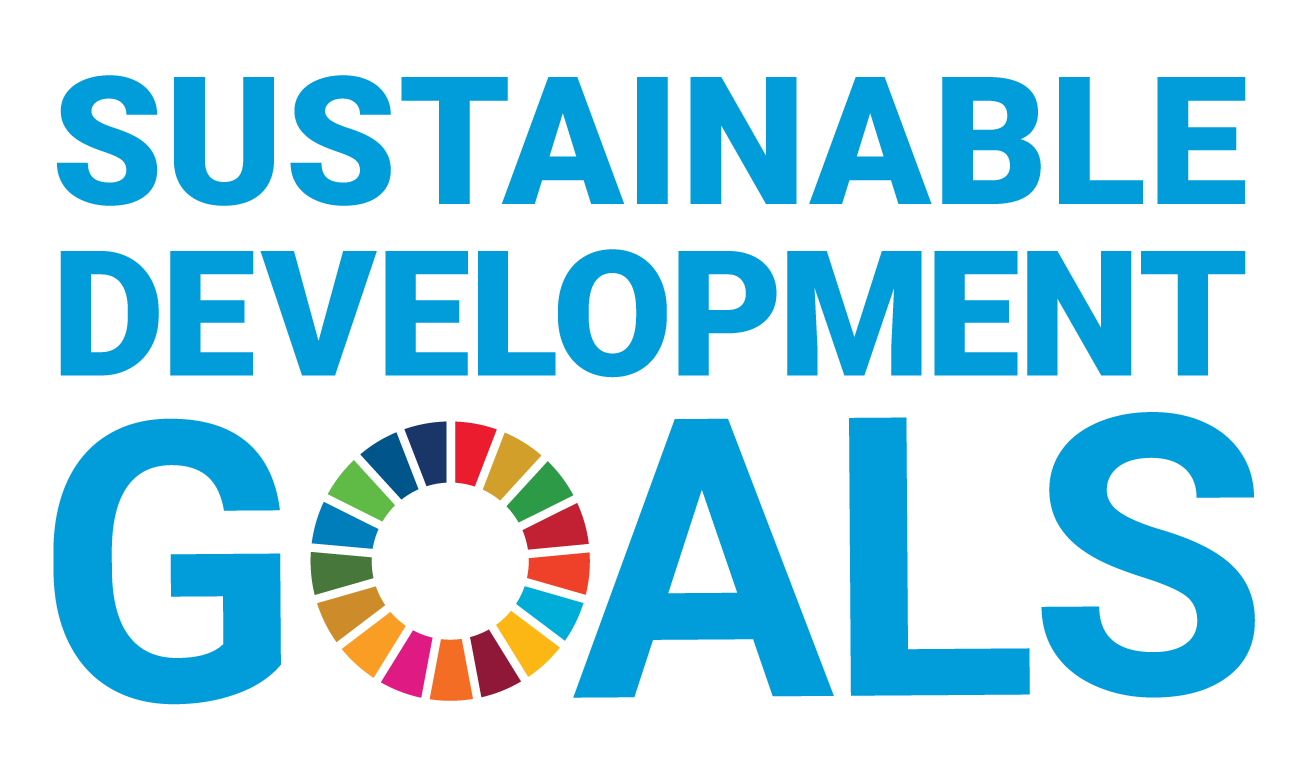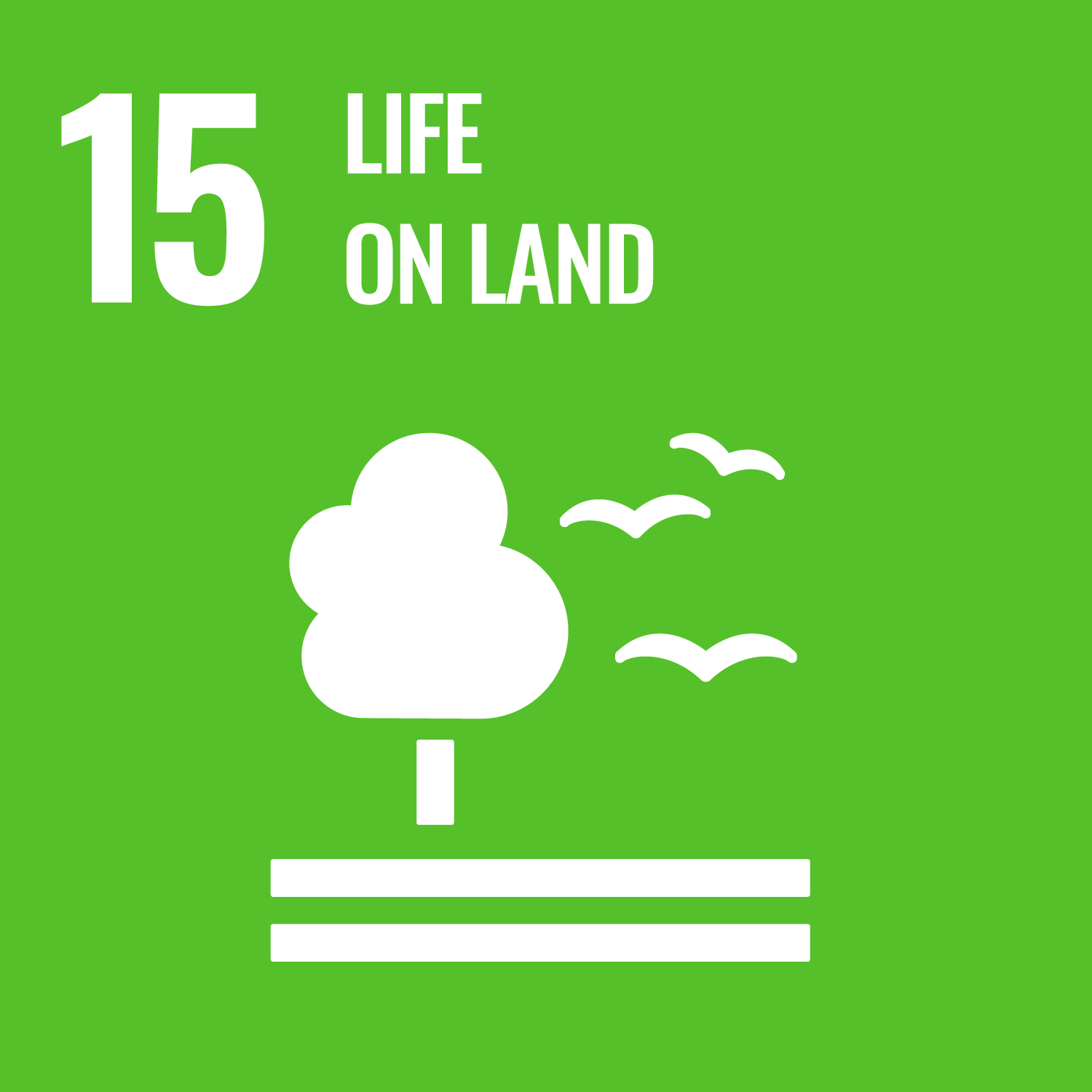You can search for courses, events, people, and anything else.
The Earth’s land-based ecosystems clearly play a huge role in mopping up some of the waste carbon dioxide (CO₂) humans and their activities emit, but exactly how these ecosystems are responding to climate change and how much CO₂ they will continue to absorb remains an open question, one to which Western Sydney University ecologist, Professor Ben Smith, is seeking an answer.
Smith, who is the Research Director of Western’s Hawkesbury Institute for the Environment, uses computer modelling to understand how ecosystems respond to climate change. He is particularly interested in the role that terrestrial ecosystems play within the carbon cycle, and how changes to these ecosystems impact the exchange of energy between the land surface and atmosphere.
The land-based ecosystems that absorb the most CO₂ are called terrestrial carbon sinks and are a major research focus for Smith.
TERRESTRIAL SINKS
Terrestrial carbon sinks currently absorb more than 25% of the 10 billion tonnes of CO₂ emitted into the atmosphere by human activities each year, he explains. The oceans soak up another 25%, meaning that only around half of the CO₂ emissions remain in the atmosphere.
To accurately model terrestrial carbon sinks "our first goal is to capture the balance between photosynthesis in plants, and respiration from vegetation and soils" says Smith.
Photosynthesis takes up CO₂ from the atmosphere and turns it into sugars for plants to use as an energy source.
Conversely, during respiration, plants release CO₂ back into the atmosphere. Further respiration arises from the decomposition of plant litter and organic matter by bacteria and fungi. For the past several decades, the global biosphere has been exhibiting slightly more photosynthesis than respiration, meaning it is actively soaking up carbon — but there is no guarantee this will go on forever.
"The sink is strongest in the tropical forests, which have the highest levels of photosynthesis in the world. But increasingly, our focus is turning to the drylands, particularly savannas, because the sink is also strong there," says Smith. "Protecting and enhancing the terrestrial carbon sink is vital as the climate continues to warm, rainfall patterns change, and human appropriation of land ecosystem resources continues."
Smith is now leading the development of regional models, which enable the carbon feedback processes of specific climate systems, such as the Arctic, to be studied at high resolution. His main motivation is the rising momentum across society to ensure sustainable use of the planet’s resources and the transition to a decarbonised economy.
SUPPORTING SUSTAINABILITY
"Scientific evidence to inform sustainable practices and decarbonisation is needed more than ever," he says. "In New South Wales, our government believes that decarbonisation presents a significant opportunity for our state. They are actively supporting innovation in industry, land and energy resource management."
To support this initiative, the Hawkesbury Institute is part of a new programme called the New South Wales Decarbonisation Innovation Hub, and Smith and his team are focusing on the terrestrial sinks.
Smith aims to harness the power of clever predictive models (see 'A milestone for climate research') for end-users such as carbon market developers and corporate landholders to guide their land use planning and management. For example, tools to analyse carbon stocks in relation to soil, climate and vegetation conditions across NSW could determine the potential for nature-based solutions to secure carbon storage. Recent meetings with representatives from local industry, agriculture and government have highlighted the gaps in current datasets and analyses, and demonstrate what is needed for these modelling tools to be used to their full potential. be used to their full potential.
"We are focused on refining our regional models and gathering dependable data specific to our NSW landscapes," says Smith. "There is a real demand now for models to be packaged in a user-friendly form and tailored to specific groups and purposes. I am passionate about achieving this."
A MILESTONE FOR CLIMATE RESEARCH
In the early 2000s, while working at Lund University in Sweden, Ben Smith developed the ecosystem modelling framework LPJ-GUESS (the Lund-Potsdam-Jena General Ecosystem Simulator) — part of a major advance within Earth Systems Science at that time.
"These models allowed us to do forward simulations of the global land carbon balance for the first time, a key controller of greenhouse gas concentrations and therefore a leading influence on climate change," says Smith.
LPJ-GUESS was the first global model to incorporate plant demography: a detailed representation of vegetation that adequately accounted for key biophysical processes, such as dieback of vegetation in response to extreme events such as droughts or wildfires. It also enabled further extensions to the model that allow researchers to ask questions about how human land management practices such as forest clearing or, conversely, planting forests, might interact with rising CO₂ concentrations and a warming climate.
LPJ-GUESS and other models that Smith has helped develop have since been widely used in research across the globe, and the model outputs provide integral underpinning data to the Intergovernmental Panel on Climate Change (IPCC) climate assessments.
"The development of LPJ-GUESS in the early 2000s was a milestone for climate impact research. The model revealed the relevance of vegetation dynamics for the global carbon cycle in a changing climate," says Anja Rammig, a professor in land surface-atmosphere interactions at Technical University of Munich School of Life Sciences, in Munich, Germany.
"It also led to novel insights into how land-use change, nitrogen cycling, permafrost, fire and other processes interact with global carbon cycling and vegetation dynamics and functioning," she says.
Meet the Academic | Professor Ben Smith
Professor Ben Smith is an ecologist and ecosystem modeller interested in the role of population and community processes in the structural and functional dynamics of the world’s major ecosystem types, or biomes. He has developed widely used tools for exploring responses of vegetation and ecosystems to drivers such as climate change, rising CO₂ concentrations and land use. He is interested in the role of the biosphere in regional and global climate dynamics, using Earth system models to examine biogeochemical and biophysical feedbacks of ecosystem change to the atmosphere.
Professor Smith is the Director of Research at the Hawkesbury Institute for the Environment, responsible for the strategic delivery and execution of the Institute's research strategies. He retains a part-time affiliation with the Department of Physical Geography and Ecosystem Science, Lund University, Sweden.
Credit
Future-Makers is published for Western Sydney University by Nature Research Custom Media, part of Springer Nature.
© robuart/iStock/Getty

